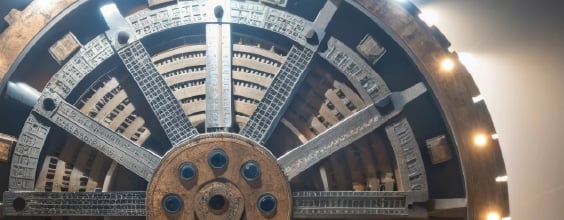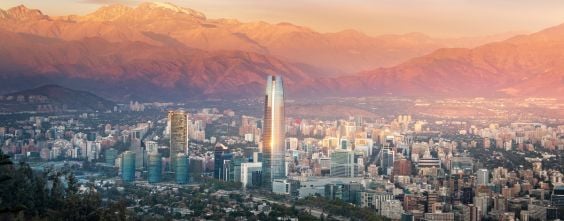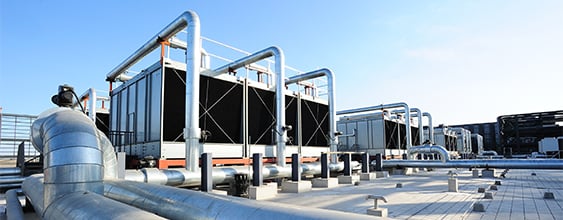We’re nearing the end of a long road for fossil fuels in Aotearoa. Coal was the country’s main energy resource in the late 19th and into the mid-20th century. Electricity production from Taranaki’s gas fields grew steadily from the 1970s before declining as the fields tapped out.
We still rely on coal and gas to generate some electricity. But compared with other countries, Aotearoa has a significant advantage - 82 percent of our electricity generation is from renewable sources. That’s down to home-grown innovation, some smart early thinking and investment for the long term.
The bulk of our hydroelectric power schemes were built and commissioned in the 1950s and 1960s. A world-first technology for generating electric power from geothermal systems was developed near Taupo between 1949 and 1958.
Fast forward to 2021 and hydro now accounts for 56 percent of our renewable power generation. Geothermal sits at 18 percent. Wind is 6 percent. But there’s a challenge on the horizon. By 2050, energy demand is estimated to grow by 68 percent - led largely by population growth, electrification of industry and electric vehicles. Supply of renewables in Aotearoa may struggle to match growth in energy consumption and provide security of supply.
Our existing hydroelectric power catchments sometimes don't get enough rainfall or snowmelt, and by 2050 drought periods could lead to a 13 percent national power shortage during the winter months. Newer renewable sources like solar and wind are great – but they can’t always guarantee capacity due to the vagaries of weather.

There are some promising developments being looked at. The NZ Super Fund and Copenhagen Infrastructure Partners are partnering to explore the potential for large-scale offshore wind energy in the South Taranaki Bight. Such a scheme could power over 650,000 homes. Elsewhere, power generators are evaluating the feasibility of building the world’s first large-scale green hydrogen plant in Southland.
The development of new renewable sources and solutions like these requires sophisticated engineering techniques, large scale capital investment, regulatory compliance and careful planning, administration and monitoring.
WSP has been involved in renewables for several decades. With the climate crisis adding ever more urgency to accelerate clean energy transitions, we’re continuing to expand our involvement in the renewables space. We’ve recently been awarded a contract by the Ministry of Business, Innovation and Employment to investigate the feasibility of non-hydroelectric energy storage options as part of the Government's NZ Battery Project.
The NZ Battery Project is focussed on how best to address the 'dry year problem'. When hydro lake levels run low, some form of non-fossil fuel backup is needed. Pumped hydro at Central Otago's Lake Onslow is one possible solution, but non-hydro options such as bioenergy, geothermal, hydrogen, compressed / liquid air and flow batteries are also being explored.
From using smart technology in power grids to connecting solar panels to local networks, Aotearoa is lucky to have lots of options. From using renewables to generate green hydrogen to ramping up our production of geothermal energy; from using new bioenergy technologies to exploring large-scale batteries that could store surplus energy from renewables.
Research into renewable power in our country’s natural laboratory has never been more exciting or important for the economic success of Aotearoa, its social and environmental security, and the future of the planet. Can we remove our reliance on fossil fuels? Can we reach the Government’s aspirational 100 percent renewable goal? In our future, we can.















